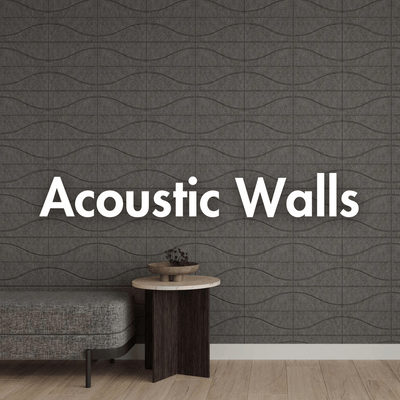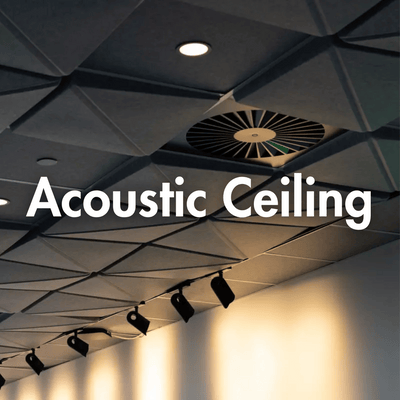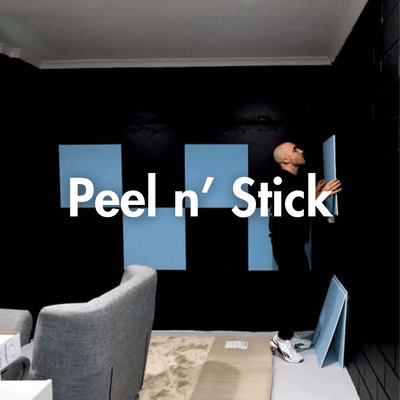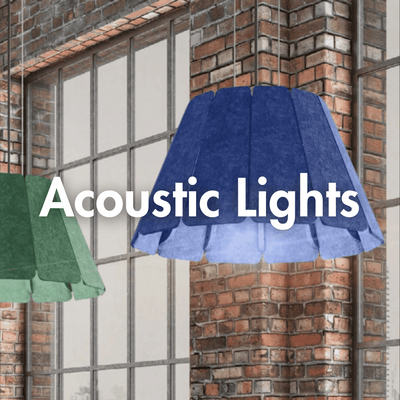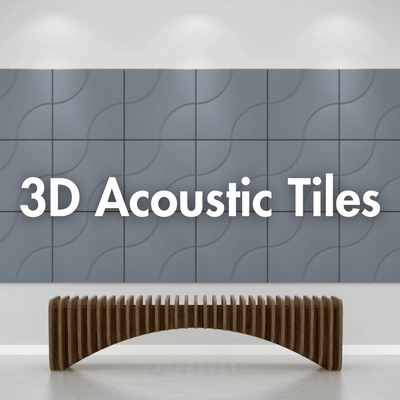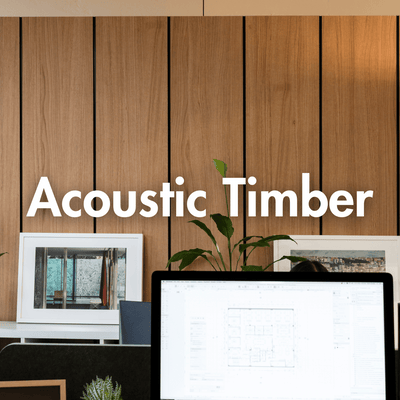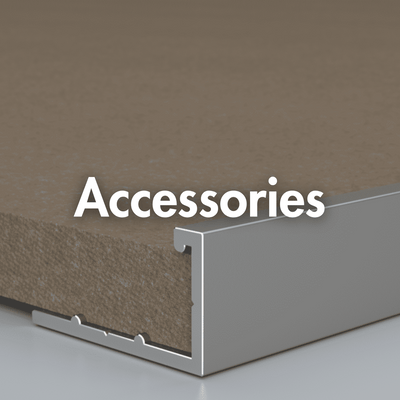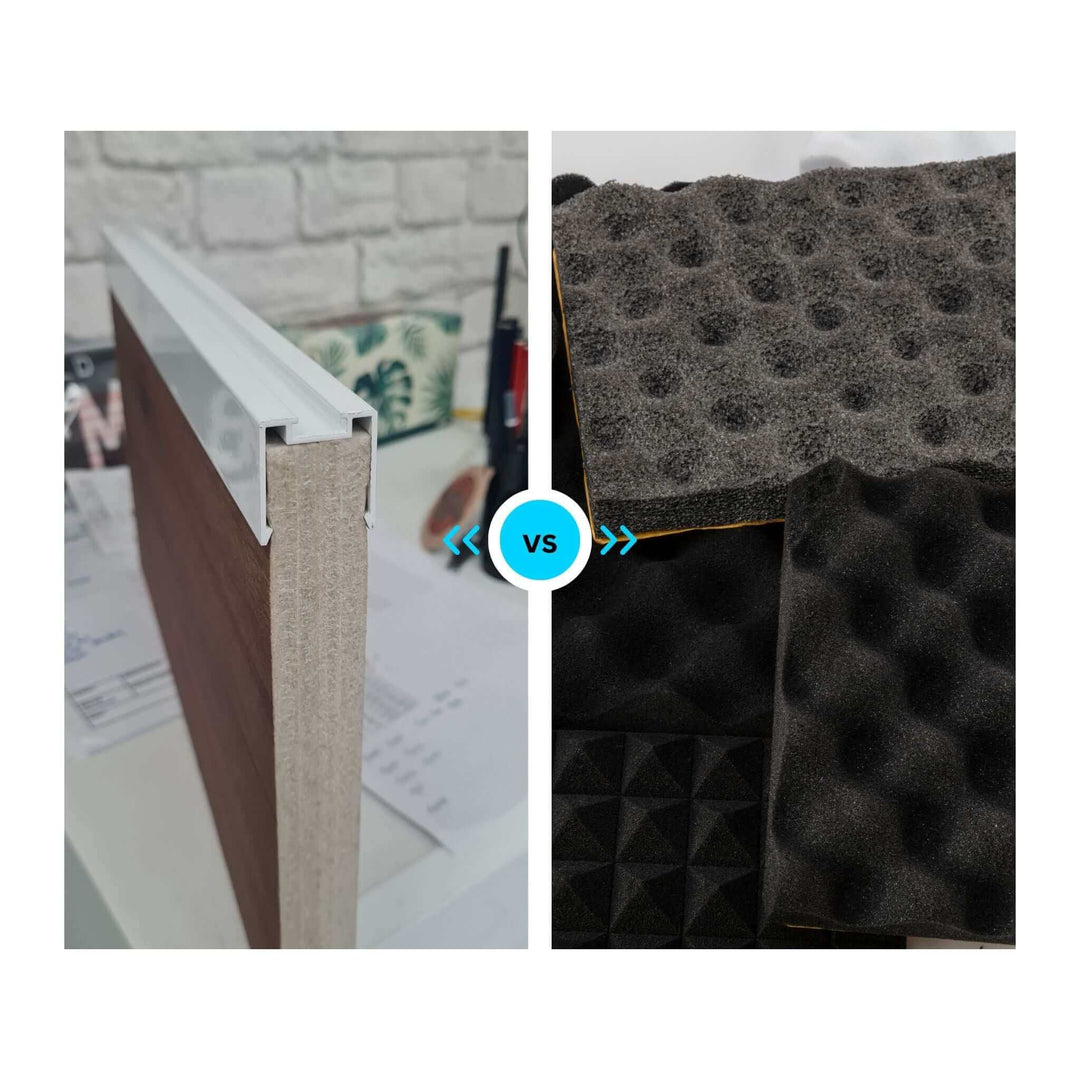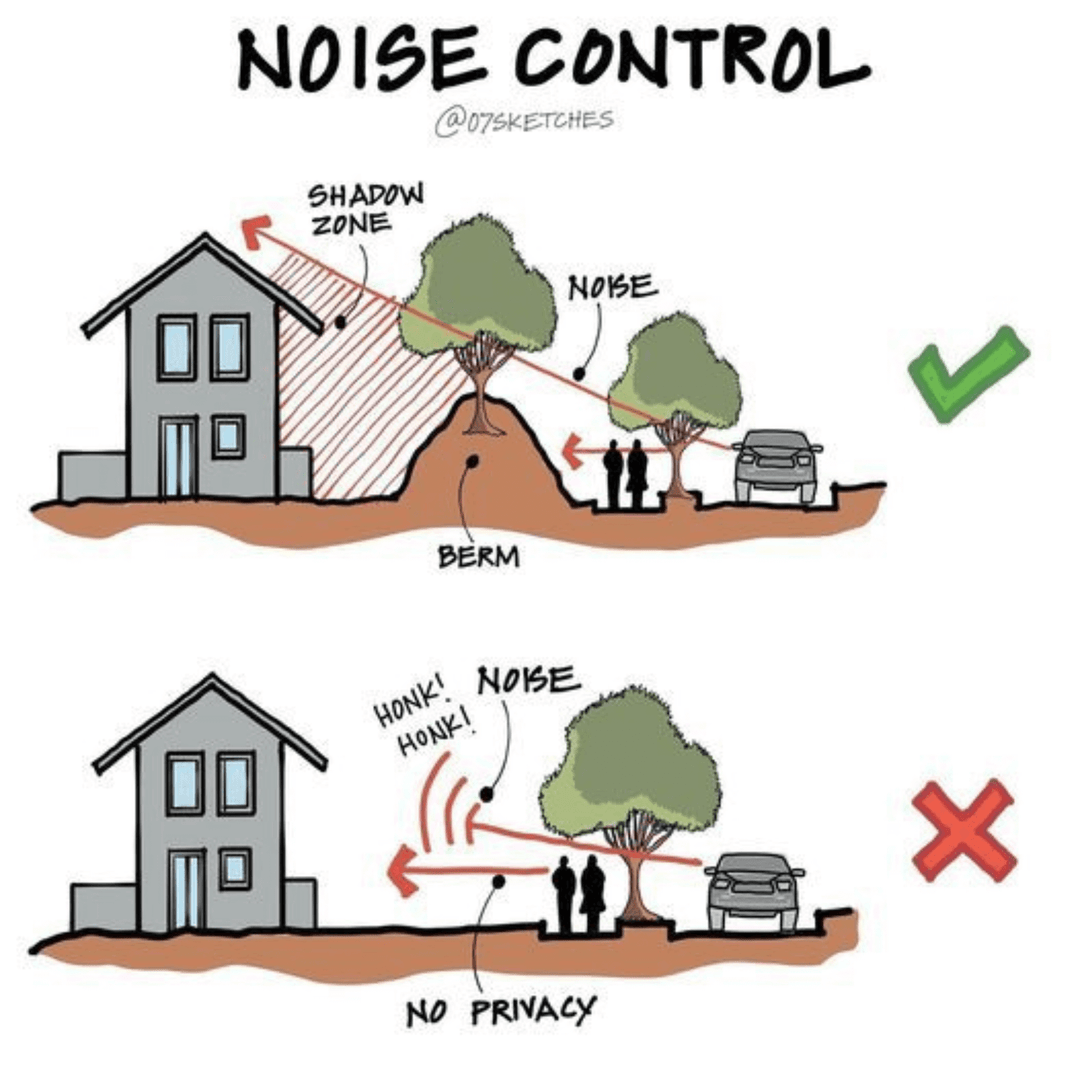Acoustic Panels vs. Acoustic Foam: What’s the Difference?

In the quest for a quieter, more comfortable space, two popular solutions often come up: acoustic panels and acoustic foam. While both products are designed to improve room acoustics, they work in different ways and suit different needs. Knowing the differences between these two options can help you make an informed choice that best fits your environment and goals.
What Are Acoustic Panels and Acoustic Foam?
-
Acoustic Panels: Acoustic panels are rigid, high-density sound-absorbing products often made from polyester or fiberglass. They are typically available in large, flat, rectangular shapes, with fabric or wood finishes that add a touch of style to their functionality. Due to their robust construction, acoustic panels are suitable for a variety of environments, from corporate offices to recording studios.
- Acoustic Foam: Acoustic foam is a lightweight, porous material designed specifically to absorb mid-to-high frequency sound. Often found in distinctive “egg crate” or pyramid shapes, acoustic foam is highly effective at reducing echo and reverberation in small spaces, like home studios. However, acoustic foam is less dense than acoustic panels, making it less suitable for noise reduction across a broader frequency range.
Key Differences Between Acoustic Panels and Foam
-
Material and Density: Acoustic panels are dense, typically made from polyester or fiberglass, which allows them to absorb a wider range of frequencies, including low frequencies. Foam, being lighter and more porous, excels at absorbing mid-to-high frequencies but may struggle to address lower frequencies.
-
Aesthetic Appeal: Acoustic panels are often available in a variety of colors, textures, and shapes, making them suitable for professional and public spaces where aesthetics are essential. Acoustic foam is more utilitarian in appearance, often limited to neutral colors, and is best suited for spaces where functionality is the priority over appearance.
- Durability and Fire Resistance: Many acoustic panels, like those we offer from Autex and Acoufelt, are fire-resistant and built to withstand regular wear and tear, making them a safer and more durable option for commercial settings. Acoustic foam typically lacks fire resistance and is more vulnerable to physical damage, which may limit its applications in regulated environments.
When to Use Acoustic Panels
- Office Environments: Acoustic panels reduce background noise, allowing for focused work and clear communication.
- Recording Studios: Panels can absorb a broader frequency range, providing a balanced sound environment.
- Conference Rooms and Classrooms: The professional look of acoustic panels makes them well-suited for public-facing spaces where both appearance and function are crucial.
- Home Theaters and Media Rooms: For a premium look that enhances sound quality, acoustic panels are an excellent choice.
At Acoustic Sound Products, we offer a range of acoustic panels designed for both performance and aesthetic appeal, like the Autex Quietspace Panels and the Acoufelt Fracture Tiles, which come in customizable colors and finishes to match any design.
When to Use Acoustic Foam
- Home Studios: Foam is widely used in home studios for reducing echo and enhancing clarity for vocal recordings and podcasts.
- Practice Rooms: Musicians often use foam to absorb reflections that could interfere with their practice sessions.
- Small Office or Workspaces: For simple echo reduction in smaller, personal spaces, acoustic foam can be an efficient solution.
How Acoustic Sound Products Can Help
At Acoustic Sound Products, we’re dedicated to creating spaces that sound as good as they look. Our acoustic panels, including popular options from Autex, Acoufelt and Acoustek, are designed to provide both function and style. We specialize in customised solutions that suit your design preferences, noise control needs, and budget.
FAQs
Which is better for soundproofing, acoustic panels or foam?
Acoustic panels are generally better for soundproofing, as their higher density can absorb a broader range of frequencies. Foam is more effective at reducing mid-to-high frequencies but lacks the density needed for full soundproofing.
Can I use acoustic panels and foam together?
Yes, combining panels and foam can enhance sound absorption in complex environments. Panels can handle low and mid frequencies, while foam can help with high-frequency absorption.
Are acoustic panels more expensive than foam?
Typically, yes. Acoustic panels tend to be more costly due to their materials, durability, and design options. However, they also provide greater versatility and longevity, making them a worthwhile investment.
Do acoustic panels and foam work for both home and commercial settings?
While both can be used in various settings, acoustic panels are better suited for commercial spaces due to their professional appearance and durability. Foam is popular in smaller or home environments where aesthetics are less critical.
How do I choose the right acoustic product for my space?
Consider your space’s size, purpose, and design needs. For high-quality sound absorption in professional settings, acoustic panels are often the best choice. Foam is great for budget-friendly, small-scale projects focused on high-frequency reduction.


